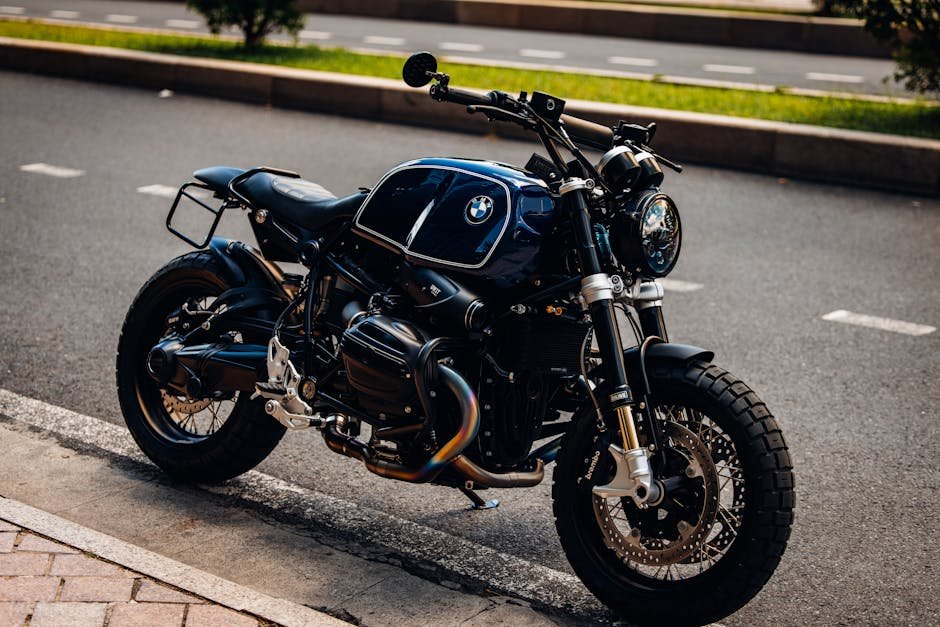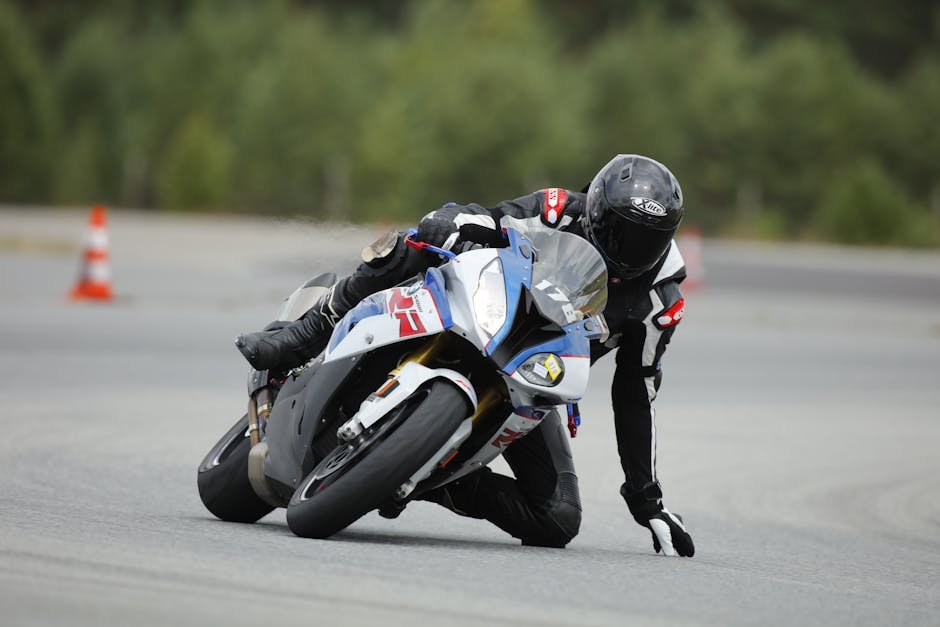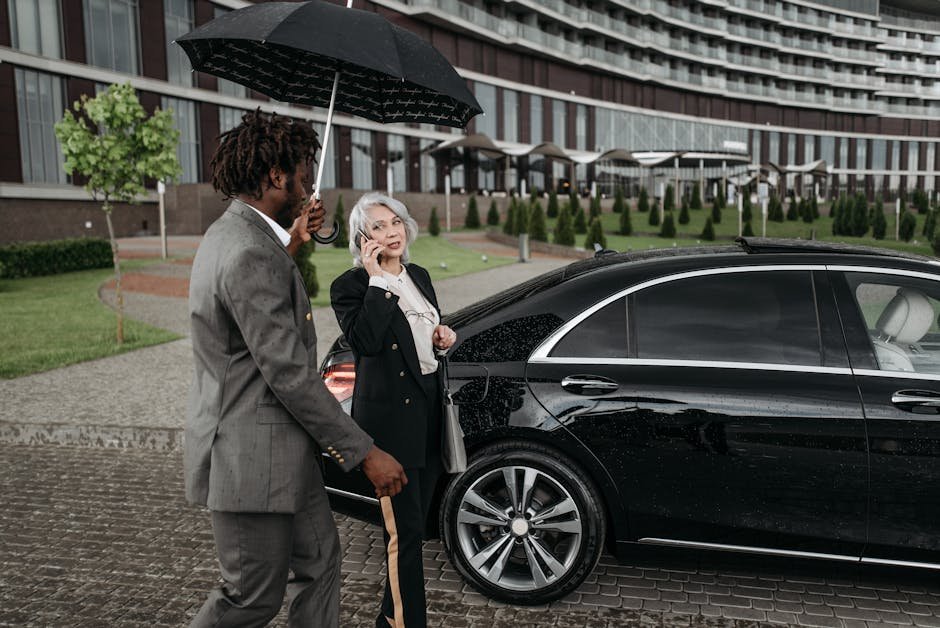Table of Contents
For the first-time riders, the aspect of picking the right bike for them is filled with doubts and uncertainty, even if it is a very interesting decision that they are making. Out of the variety of motorcycle designs out there, which one is appropriate for you in terms of riding needs and comfort? Here is a tutorial on the topic, where we shall talk about five main motorcycle categories: the Cruisers, Sport Bikes, Naked Bikes, Touring Bikes, and Adventure Bikes – to support you in the mission to find your perfect bike. Each style will be explained from the perspective of on-road position, design thinking, usually occurring engine sizes, and situations of usage. We will mention pros and cons as per the standpoint of beginners and suggest a couple of popular models that are easy to control (such as those produced by Honda, Yamaha, KTM, Royal Enfield, etc.). You can acquire the knowledge of how the style of the body affects performance and comfort, and consequently, select a motorbike which is in harmony with your riding level and style.
Cruising
Cruisers like the Honda Rebel 300 are characterized by relaxed, upright (or slightly leaned back) posture of the rider, low-slung seat, forward-set foot pegs, and higher handlebars. In cruisers, design philosophy is mainly focused on comfort, style, and easy rideability. Torque-rich engines, generally V-twins, are typically used in these bikes. They provide a lot of low-end power without high peak horsepower. Engine sizes in the cruiser category can range widely from small 300–500cc beginner bikes up to 1,800cc or more
on the big highway cruisers. However, it is recommended to start with moderate engine sizes (around 300–750cc) for beginners because it is easier to handle power and weight.
Perfect Use Cases
These bikes are ideal for laid-back city driving and effortless highway touring. At low to medium speeds and in a straight line, they make good companions for cruisers-visualize weekend getaways, daily rides, or short road trips. They are not racing-type bikes, nor do they corner sharply because they are strictly for asphalt surfaces (no off-road use).
Beginner’s Aids
The comfortable seating – the higher seat height and backward leaning pose can be really comfortable giving riders a confidence boost through the stops with both feet on the ground. Acceleration is usually progressive and begins quite low, and the solid mass of the motorcycle on straight lines adds up to the sense of security. Classic styling is also loved by many cruisers.
New bikers Challenges
Cruisers’ larger sizes and low, long frame designs, which are mostly characteristic of cruisers, contribute to the fact that they are not the most effective in quick lateral turn adjustments. The significant weight and big engine sizes that many cruisers have can scare off beginners, especially when going very slowly or when riding through parking lots. Furthermore, they can’t lean far in corners without scraping since they have limited ground clearance, and the suspension is not for sporty handling, rather for comfort.
Beginner-Friendly Models
Honda Rebel 300/500, Royal Enfield Meteor 350, Kawasaki Vulcan S (650), Yamaha V Star 250.
Extreme Motorbikes
Kawasaki Ninja 300, for example, showcases the high-end sports motorcycles that are dedicated to delivering the utmost performance. These are the types that are built for speed, acceleration, braking, and cornering at the expense of overall comfort. They are generally lightweight frames that have high-revving engines and sleek aerodynamic bodywork to cut through the air. The position of the rider on a sport bike is aggressive: leaning forward over the tank with low clip-on handlebars and rear-set footpegs, which pulls your body into the crouched position. This position reduces wind drag and makes the handling better at high speeds, but it means more weight on the wrist and may cause tiredness during long rides. Besides, the bikes are available in different engine sizes, the entry-level ones are often 300-500cc twin cylinders, while supersport and superbike classes vary from 600cc to 1000cc or even more.
Suitable riding scenarios
High-speed driving on pavements in places like winding mountain roads, on track days, or during spirited weekend rides. Sport bikes are meant for smooth asphalt where it’s possible to fully use their precise handling and rapid acceleration.
Beginner’s Aids
With modern sport bikes (smaller engines) boasting sharp handling and powerful brakes, new riders can become proficient in cornering and braking. They are often lighter than their power indicates which gives them good turning performance. Many smaller sport models (300-400cc range) are meant to be more forgiving, giving the newcomer user-friendly power delivery to enjoy the ride at manageable speeds.
Riding Challenges
The bikes designed for performance may feel somewhat uncomfortable to ride in the long run and in some situations may result in poor fuel economy. The forward-leaning seating can strain back, wrists, and neck during lengthy or stop-and-go traffic. The violent reactions common in low-speed maneuvers could be a problem for the controlled turning effect. The costs of insurance and the temptation of high speeds may rise. The larger sport bikes should not be in the hands of new riders.
Beginner-Friendly Models
Yamaha YZF-R3, KTM RC 390, Kawasaki Ninja 400, Honda CBR500R.
Naked Bikes (Standard Roadsters)
Naked bikes (do-it-all standards), for example, the Yamaha MT-03, is deemed to be the “all-rounders” in the motorcycle world. They are designed without a full fairing or win/or bulky windshields, which keeps the engine exposed and the weight low. Their riding position is neutral and upright: foot pegs are below the rider, and handlebars sit at or near waist height, which means you are not hunched over or leaning back too much. Most riders find the natural sitting position easy and comfortable and appreciate the good visibility in traffic provided by the position. Naked bikes are mostly equipped with mid-sized engines that range from 250cc to 800cc. Some use the exact same engines as sport bikes but most of the time they are tuned differently to provide better torque in the mid-range and improve usability during the tackled road rides.
Main Use Cases
Practicality and commuter service. Naked/standard bikes shine in urban environments – agile enough to zip through city streets and traffic having a sitting position that is comfortable for the daily grind. On the other hand, backroads with a lot of curves are not a problem for them either.
Pros for Beginners
Easy to use ergonomics and handling. On the comfortable upright seat and lower weight, the riders can find the center of gravity very easily, making them much less difficult to handle and ride. Thus, you would be learning in a very comfortable position that gives you confidence. The bikes mostly have a simple and linear power delivery and they are inexpensive to buy and maintain.
Cons for Beginners
No wind protection means that riding at high speeds on the highway can be tiring as the wind is blasting. The upright position may be tiring on very long rides. Some models come with more power and need to be picked more carefully.
Beginner-Friendly Models
Honda CB300R/CB500F, Yamaha MT-03, KTM Duke 390, Suzuki SV650, Kawasaki Z400.
Touring Bikes
The Honda Gold Wing, which is a touring motorcycle, is designed for maximum distance comfort. These types of bikes come with wide cushioned seats with, sometimes backs, plus a roomy riding posture and big fairings lined with windows for complete wind protection. The touring bikes often boast the largest engine sizes, being mostly found in the 800cc to 1800cc category, multi-cylinder engines that provide a smooth ride for highway cruising. Besides changing the ride experience, they are also loaded with features like hard luggage, larger fuel tanks, and things that passenger will use, and may sometimes have luxury features like cruise control, heated grips, and sound systems.
Key Riding Scenarios
Long road trips and riding the highways. This bike is great for vacations full of cross-country road trips or even weekend getaways.
Beginners’ Advantages
There is no other motorcycle that gives you the comfort you get from riding a touring bike. Thus, they are the most stable out on the road, incomparable comfort and simplicity in design make you feel free from tiredness. Some new mid-size touring or sport-touring models are beginner-friendly.
Newbies’ Problems
Size and weight. Full-tour bikes can exceed 800 lbs, and, being big and complicated, they aren’t beginner-friendly. Perhaps, it’s better to start on smaller models and step up.
Beginner-Friendly Models
Yamaha Tracer 7, Kawasaki Versys 650, Honda NC750X, Honda NT1100.
Adventure Bikes
Adventure bikes, as represented by the Royal Enfield Himalayan, are crafted to function as both on-road and off-road motorcycles. Standard adventure bikes come equipped with a long-travel suspension, elevated ground clearance, and a robust frame and feature an upright seating posture. They usually come with either wire-spoke or cast wheels and can fit dual-purpose tires. The engine sizes are varied ranging from 300 up to 1200cc. This is a mode of transportation that emphasizes freedom-you can drive on highways and then, without hesitation, to dirt roads.
Key riding scenarios
Mixed terrain and distance riding. They are perfect for the riders that go to the office on weekdays and are exploring off-road on weekends.
Beginner’s Advantages
Flexible and comfy. Riders find the good visibility a big advantage while the stability of the bike makes them feel more confident. Small- to mid-size adventure bikes are built to handle a few drops and rough terrain.
Cons for Beginners
The added weight and the high seat height can sometimes be a problem, especially for small people. Riders might feel top-notch at low speeds.
Beginner-Friendly Models
KTM 390 Adventure, BMW G310 GS, Royal Enfield Himalayan, Honda CRF300L Rally, Suzuki V-Strom 250/650.
Comparison Table
| Bike Style | Riding Posture & Comfort | Fuel Efficiency | Handling | Ideal Terrain |
|---|---|---|---|---|
| Cruiser | Relaxed, low seat, forward controls | Moderate | Stable, less agile | City streets, highways |
| Sport Bike | Aggressive lean, high pegs, low bars | Low | Precise, twitchy at low speeds | Pavement, twisty roads |
| Naked Bike | Upright, natural posture | High | Agile and beginner-friendly | City, light touring |
| Touring | Upright, roomy, comfort-focused | Moderate | Ultra-stable, not agile | Highways, long-distance |
| Adventure | Tall upright stance, off-road capable | Moderate | Versatile, needs confidence | Paved and unpaved roads |
Conclusion & Takeaways
Choosing your ride style as a beginner comes down to your intended use and comfort. Cruisers offer laid-back simplicity. Sport bikes deliver adrenaline. Naked bikes are versatile all-rounders. Touring bikes cater to comfort lovers, and adventure bikes empower exploration.
For most new riders, a small Cruiser, Naked, or light Adventure bike is ideal. These styles provide manageable power, comfort, and confidence. Sit on several bikes at a dealership and test the feel. As your skills grow, you can always level up. Just start with a bike that inspires you to ride safely and often.
Happy riding!




